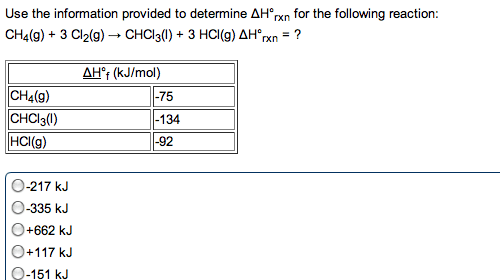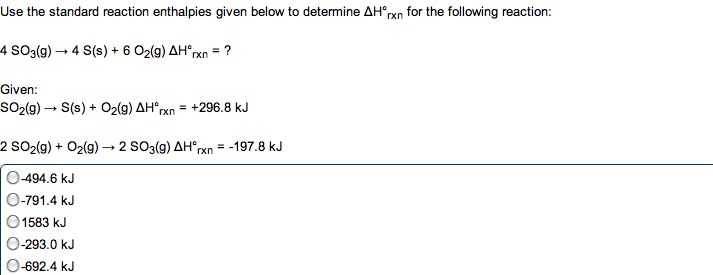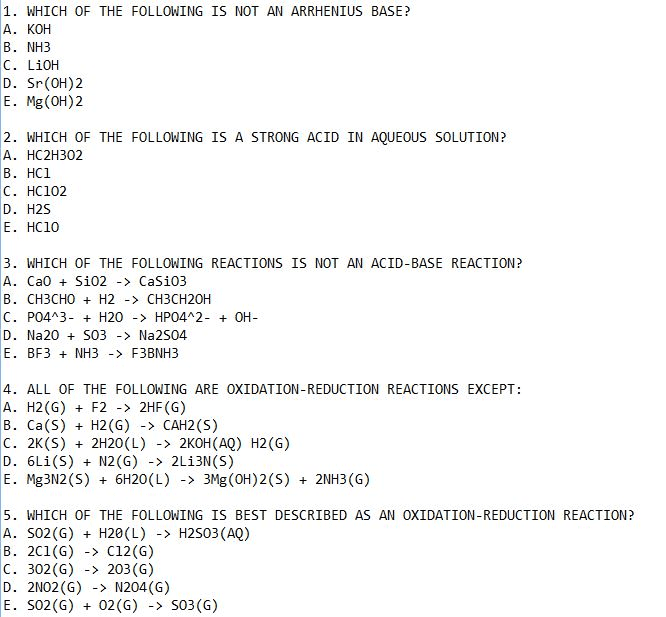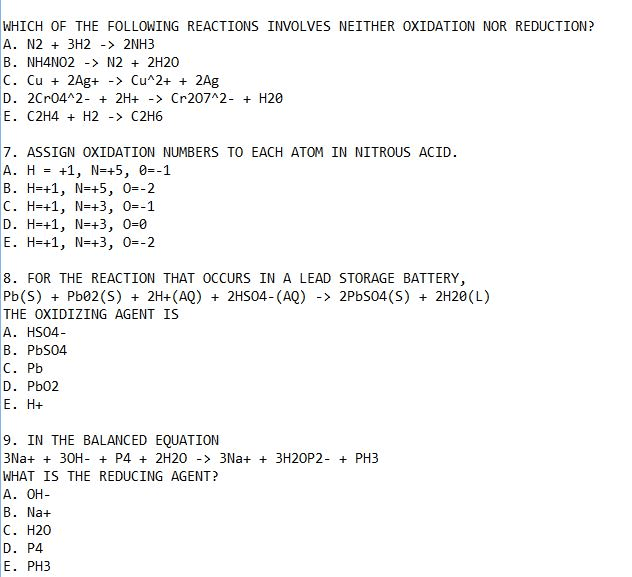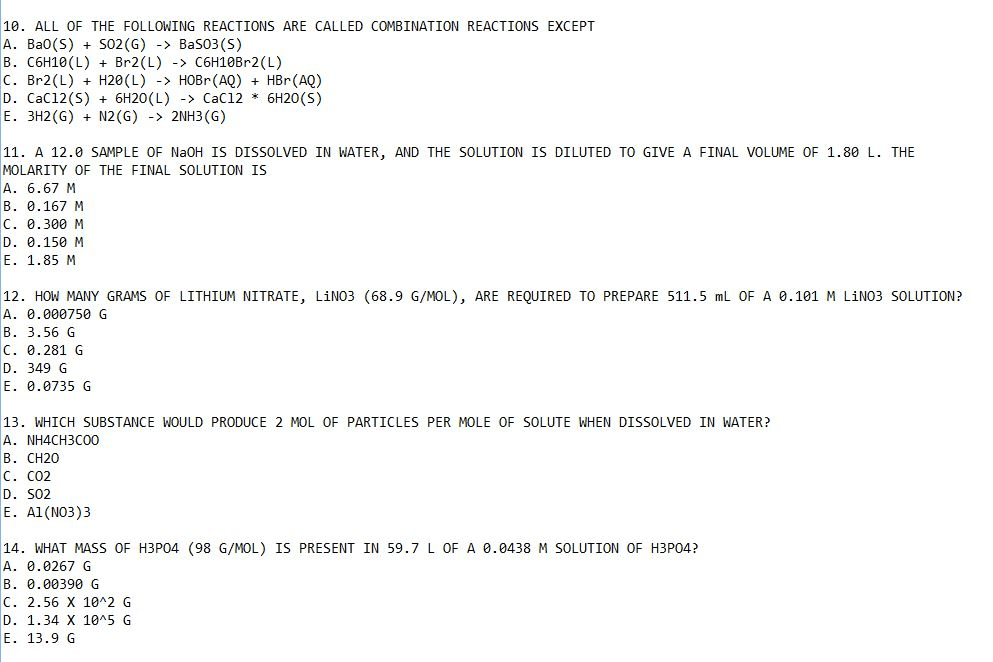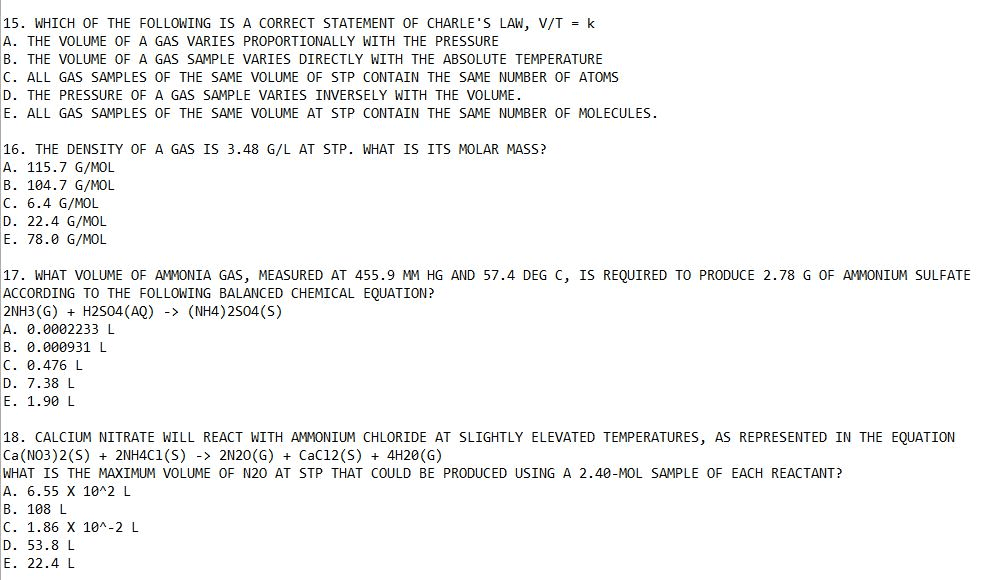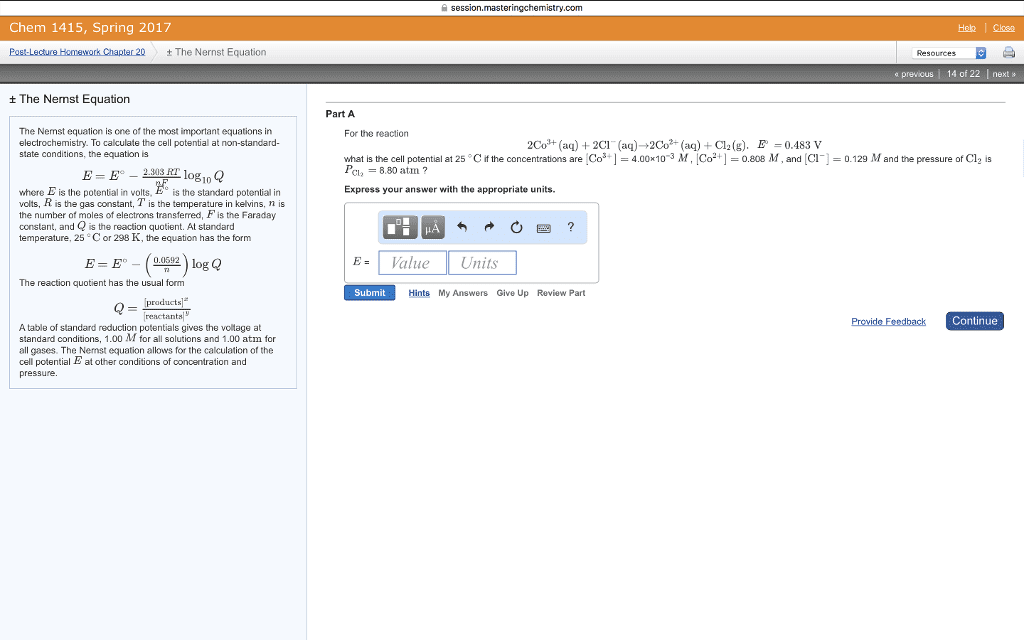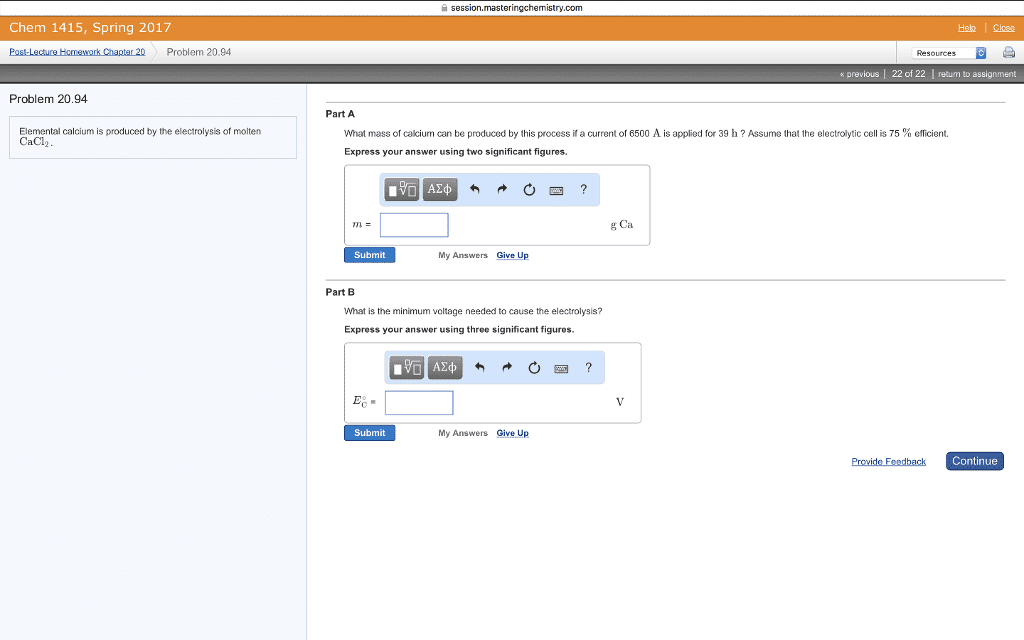CHEM 120 Lecture Notes - Lecture 1: Total Pressure, Hyperoxia, Closed System
44 views46 pages
26 Jan 2015
School
Department
Course
Professor

26
CHEM 120 Full Course Notes
Verified Note
26 documents
Document Summary
Equations/units: density= mass/volume: =m/v: g/cm3, pressure: force/area: pascals=n/m2, force(n)=m*gravity (down, g = 9. 8 m/s2= (9. 8 m/s2)(1 n/1 kg*m/s2) = 9. 8 n*kg, cylinder: volume= a*h mass=v* or (a*h* ) 300k and atmospheric pressure: densitysol/liq = m/v approx. g/cm3, densitygas =m/v approx. mg/cm3; gas densities are strongly dependent on. Gas pressure and how it is measured: pressure: confined gases exert pressure and are detected as an outward force o. Gravitational acceleration(at sea level): g: example: a 102 g object experiences a gravitational force of 1. N, if this force is spread over an area of 1 m2, the pressure is 1 pascal. The green cylinder exerts more pressure over its lower surface, (both have the same mass) ((smaller area, so lower pressure, think radius): barometric/atmospheric pressure. N2, o2, ar, co2, h2o, so2, no2, etc, 10 000kg (10 340)of mass of air for each 1 m^2. Force exerted by this mass: (f=m*g) 101,300n.
Get access
Grade+20% off
$8 USD/m$10 USD/m
Billed $96 USD annually

Homework Help
Study Guides
Textbook Solutions
Class Notes
Textbook Notes
Booster Class
40 Verified Answers
Class+
$8 USD/m
Billed $96 USD annually

Homework Help
Study Guides
Textbook Solutions
Class Notes
Textbook Notes
Booster Class
30 Verified Answers
Related textbook solutions
Chemistry: Structure and Properties
2 Edition,
Tro
ISBN: 9780134293936
Basic Chemistry
5 Edition,
Timberlake
ISBN: 9780134138046
Principles of Chemistry Molecular Approach
4th Edition,
Tro
ISBN: 9780134112831
Principles of Chemistry Molecular Approach
3rd Edition, 2014
Tro
ISBN: 9780321971944
Chemistry: Structure and Properties
2nd Edition,
Tro
ISBN: 9780134293936
Chemistry: A Molecular Approach
3rd Edition,
Tro
ISBN: 9780321809247
Chemistry: A Molecular Approach
5th Edition,
Tro
ISBN: 9780134874371
Principles of Chemistry: A Molecular Approach
4th Edition,
Tro
ISBN: 9780134895741
Chemistry: The Central Science
14th Edition, 2017
Brown
ISBN: 9780134414232

